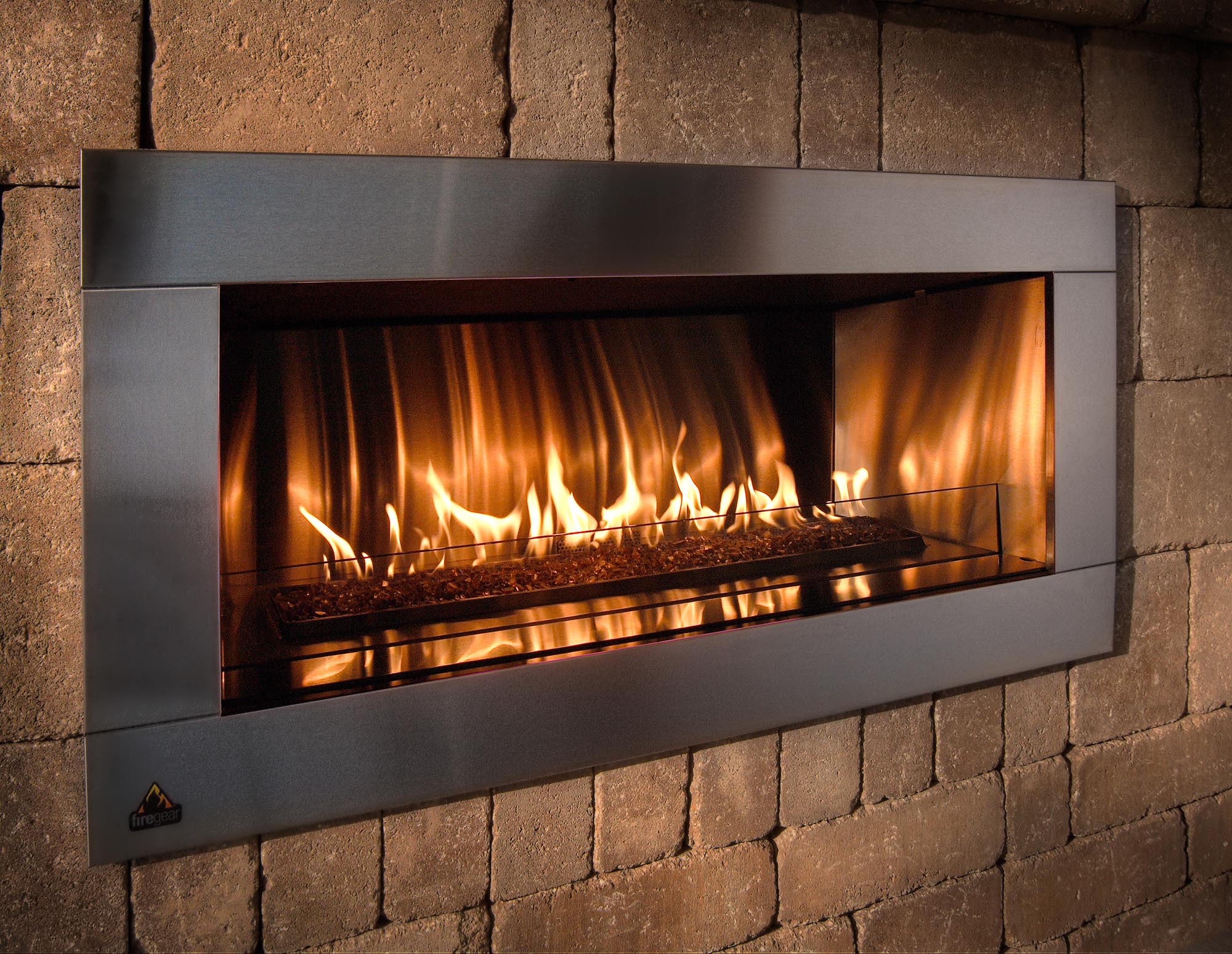
A propane fireplace adds warmth to a room, both visually and by heating the air. It also provides a focal point and a place for people to gather. But like any other appliance, a propane fireplace can develop problems. For example, if your propane fireplace is not burning properly or at all, you may be spending some pretty chilly evenings, especially if you have been putting off making that expensive call to the repair technician.
However, there are a number of troubleshooting steps that you can take when it comes to propane fireplaces that could resolve the issue immediately and without professional help. Try these DIY steps and start enjoying your propane fireplace again today.
- Wearing gloves, ensure the valve on your propane tank is open. Open the valve by turning it counter clockwise until it will not turn anymore.
- Ensure the valve for your fireplace is open. The fireplace valve generally is under a steel plate next to the fireplace itself. Turn it counter-clockwise until it stops to open it.
- Push the igniter. If there is flowing gas, the flame will ignite. If it does not ignite, your igniter is bad. Only a licensed professional should replace an igniter.
- Relight the pilot light. Older model gas fireplaces have a thermocouple instead of an igniter. Thermocouples have pilot lights to light the flame. Once you know the gas valves are turned on, try to light the pilot light. You will need to refer to the instructions mounted on your specific thermocouple since every model is slightly different. If the thermocouple’s pilot light cannot be lit or cannot maintain a flame, it will need to be replaced by a licensed professional.
Apart from that, it is always better to prevent than repair. These troubleshooting tips will help you keep your propane fireplace in top working condition.
- Always turn off the gas. Before you begin to poke around and troubleshoot your fireplace, always make sure the valves to the propane are securely turned to the off position. This will ensure proper safety is maintained during any of the times that you are in the process of troubleshooting and fixing your propane fireplace.
- Checking the Igniter. The ignitor is responsible for turning on your pilot light (the little blue flame) of your fireplace. These units sometimes go bad and need to be replaced. To check the igniter, turn the gas on and press the button. Do you see any spark? Is there any flame coming out? If you do not see anything, then your igniter is likely bad and you will need a replacement.
- Check the Propane Tank. The most overlooked cause of a propane fireplace that simply will not start is the propane tank. Check to make sure that you have not run out of propane. Go outside to your tank and check the fill level. If it is nearing the bottom, you will want to call your propane supplier and have them drop in a refill of propane so you can use your fireplace again.
Fireplace Repair
· Replace the Batteries. Many fireplaces today have remote receivers and homeowners do not go underneath the fireplace to start them or ignite the flame. If you are having trouble starting your fireplace. it can be a simple matter of changing the batteries in your receiver.
· Check the Damper. Some models of fireplaces use a damper. The damper controls the amount of air intake into the fireplace. The air intake is also responsible for making sure your fireplace starts and runs smooth. Try adjusting the damper one way or the other way and see how this affects the operation of your fireplace.
- Check the Gas Lines.A fireplace will not stay lit for a long period of time if you have air in your propane or gas lines. Test your fireplace. If you notice the fireplace is not staying lit beyond a few minutes or less, you need to inspect the gas lines. You will need to pull them apart and remove the air that is trapped within. This problem usually occurs when you have just had your propane tank filled.
Gas fireplaces should be inspected and cleaned once a year and it is like all of your appliances, regular service is important to ensure long life and good performance.
